14 Near-Perfect War Movies No One Talks About
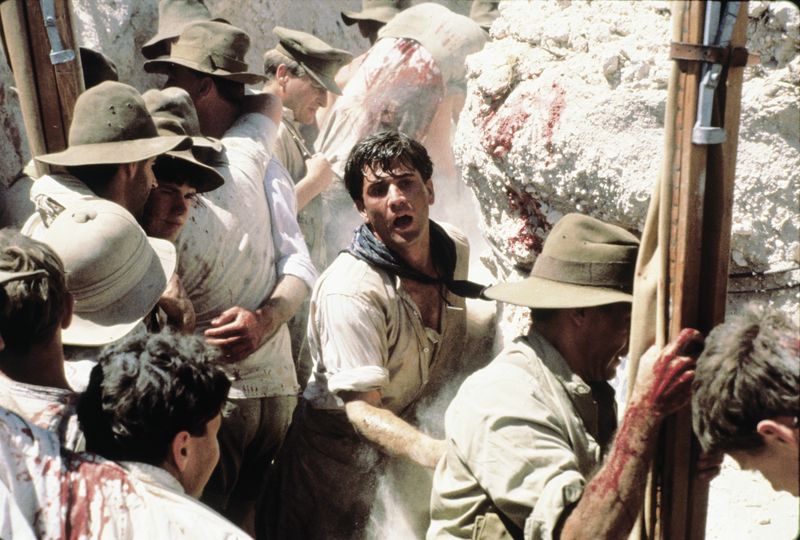
War movies have the power to transport us into the chaos, courage, and heartbreak of battle. While everyone knows about Saving Private Ryan and Apocalypse Now, there are dozens of brilliant war films that never got the attention they deserved. Some were released at the wrong time, others were overshadowed by bigger productions, and a few simply slipped through the cracks. These hidden gems offer raw storytelling, unforgettable performances, and perspectives on war that mainstream audiences rarely see.
1. The Beast (1988)
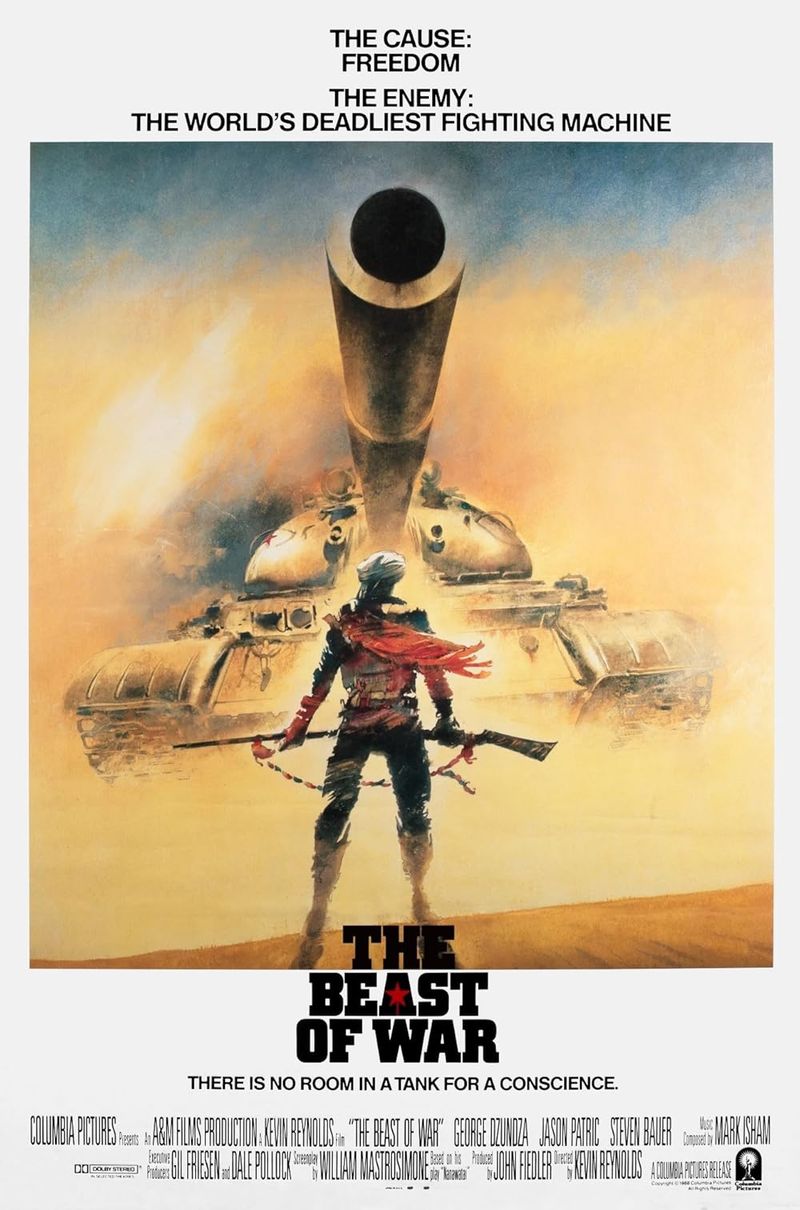
A Soviet tank crew becomes hopelessly lost in the Afghan desert during the 1980s invasion, turning hunters into the hunted. Director Kevin Reynolds crafted a claustrophobic thriller that plays out almost entirely around a single tank.
What makes this film extraordinary is how it humanizes both sides of the conflict without picking favorites. The crew members argue, sweat, and slowly unravel as their commanding officer descends into paranoia.
Meanwhile, Afghan fighters track them with determination and clever tactics. The tension builds steadily as the landscape itself becomes another enemy. This overlooked masterpiece shows war as a brutal chess game where everyone loses something.
2. Come and See (1985)
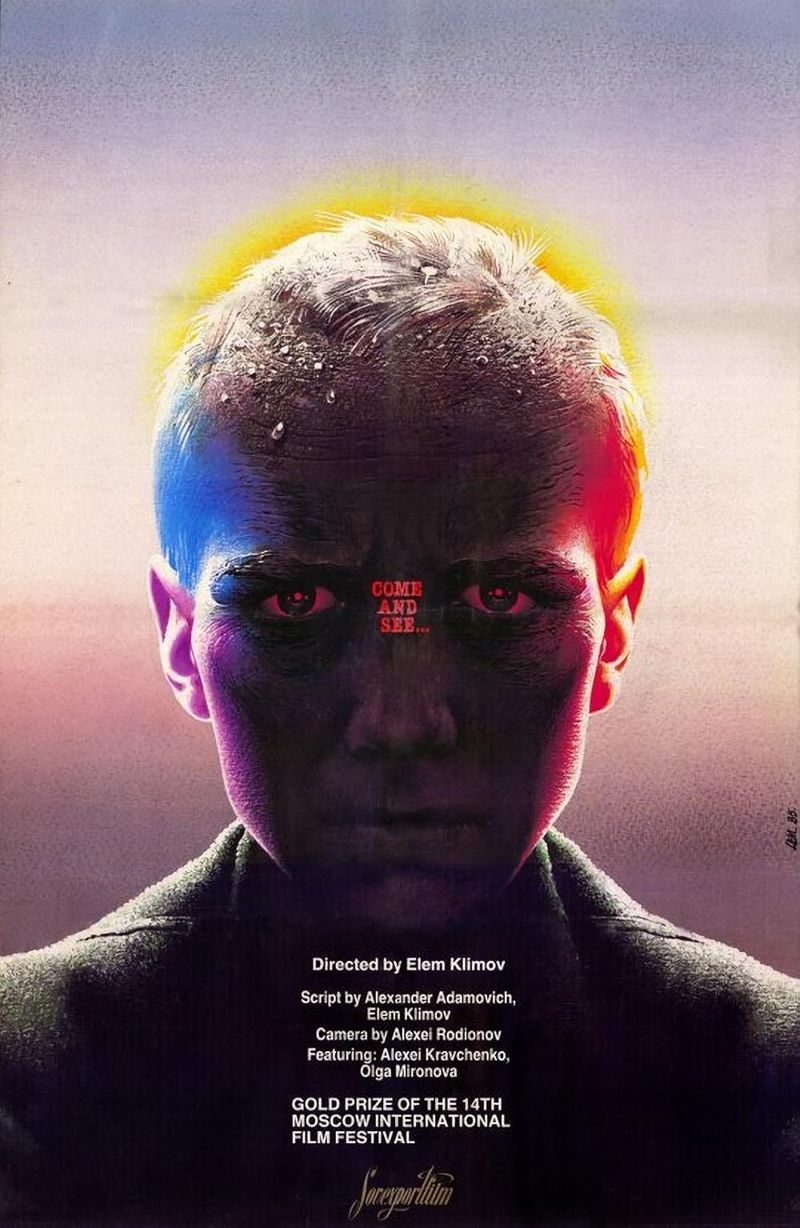
Watching a young boy’s innocence shatter across two hours might be the most devastating war experience cinema has ever captured. Soviet director Elem Klimov followed a Belarusian teenager who joins partisan fighters during World War II, only to witness unimaginable horrors.
The film doesn’t glorify combat or heroism—it strips away every romantic notion about war. Real ammunition was used during filming to create authentic soundscapes that assault your senses.
By the final scenes, the protagonist’s face has aged decades, his eyes hollow and ancient. Critics who’ve seen it call it unwatchable in the best possible way. It’s not entertainment; it’s a scar on your memory.
3. The Big Red One (1980)
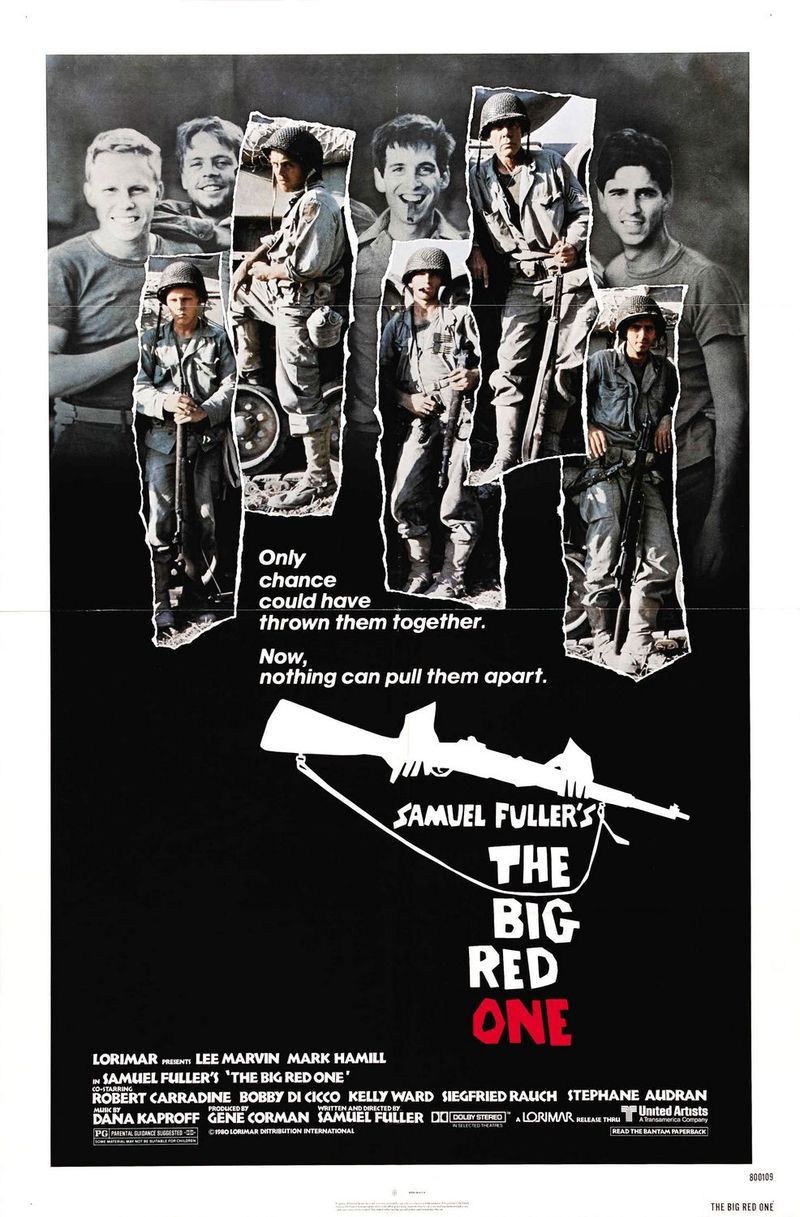
Samuel Fuller survived World War II with the 1st Infantry Division, and thirty-five years later, he finally told his story. Lee Marvin leads a rifle squad through North Africa, Sicily, Belgium, and Germany in a film that feels more like memory than traditional narrative.
Fuller understood that war isn’t one big battle but countless small moments of terror, boredom, and dark humor. His soldiers crack jokes between firefights and form bonds that transcend the mission.
The episodic structure mirrors how veterans actually remember combat—in fragments and flashes. Studio interference originally butchered the film, but a restored version finally honored Fuller’s vision decades later.
4. A Midnight Clear (1992)
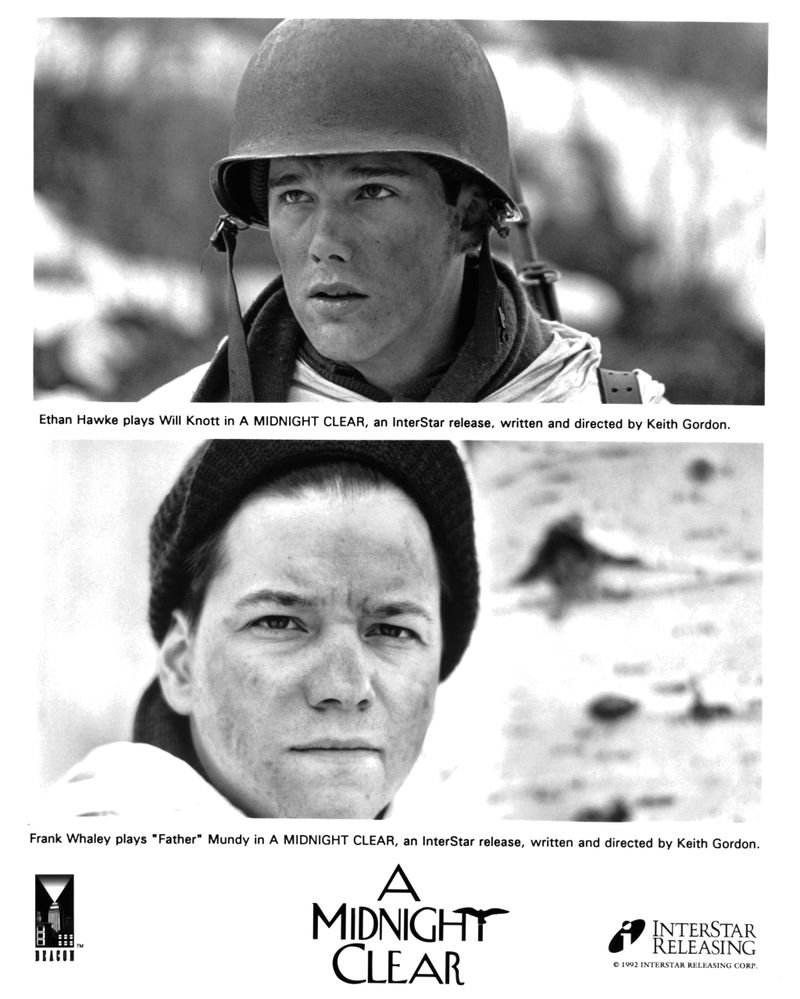
Christmas 1944 in the Ardennes Forest becomes the setting for one of the most unusual war stories ever filmed. A small American intelligence squad encounters German soldiers who seem more interested in celebrating the holiday than fighting.
Director Keith Gordon adapted William Wharton’s novel with sensitivity and restraint, focusing on young men who’ve grown weary of killing. The cast includes future stars like Ethan Hawke and Gary Sinise, all delivering nuanced performances.
What unfolds is a fragile truce built on shared humanity and exhaustion. Then tragedy strikes in the cruelest way possible, reminding everyone that war doesn’t pause for hope or kindness.
5. Gallipoli (1981)
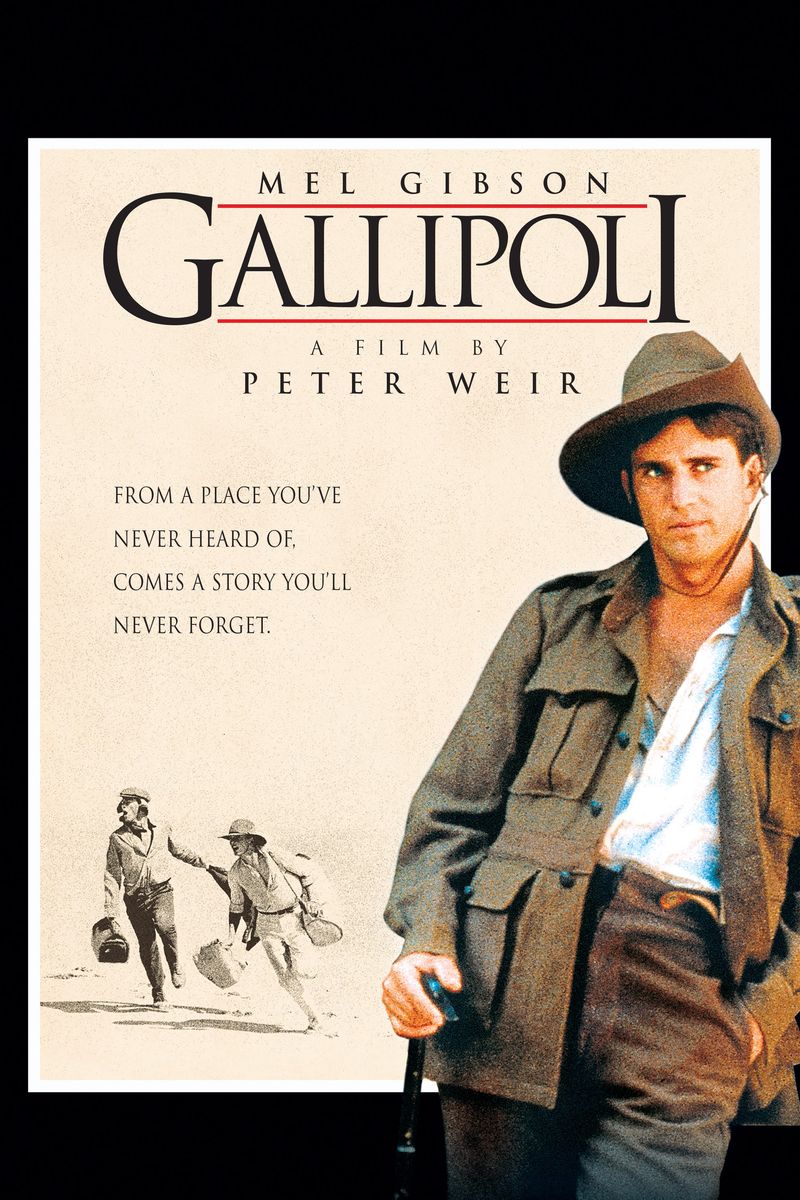
Before Mel Gibson became an action star, he played an idealistic Australian sprinter heading to World War I with dreams of adventure. Director Peter Weir spent the first half showing the friendship between two athletes from different backgrounds who enlist together.
Their journey to the Gallipoli peninsula feels almost leisurely, filled with training montages and bonding moments. Then they arrive at the actual battlefield, and everything changes instantly.
The final twenty minutes deliver a gut-punch that still resonates decades later. Weir’s film became a defining moment in Australian cinema, capturing how an entire generation was sacrificed through military incompetence and British imperial arrogance.
6. The Thin Red Line (1998)
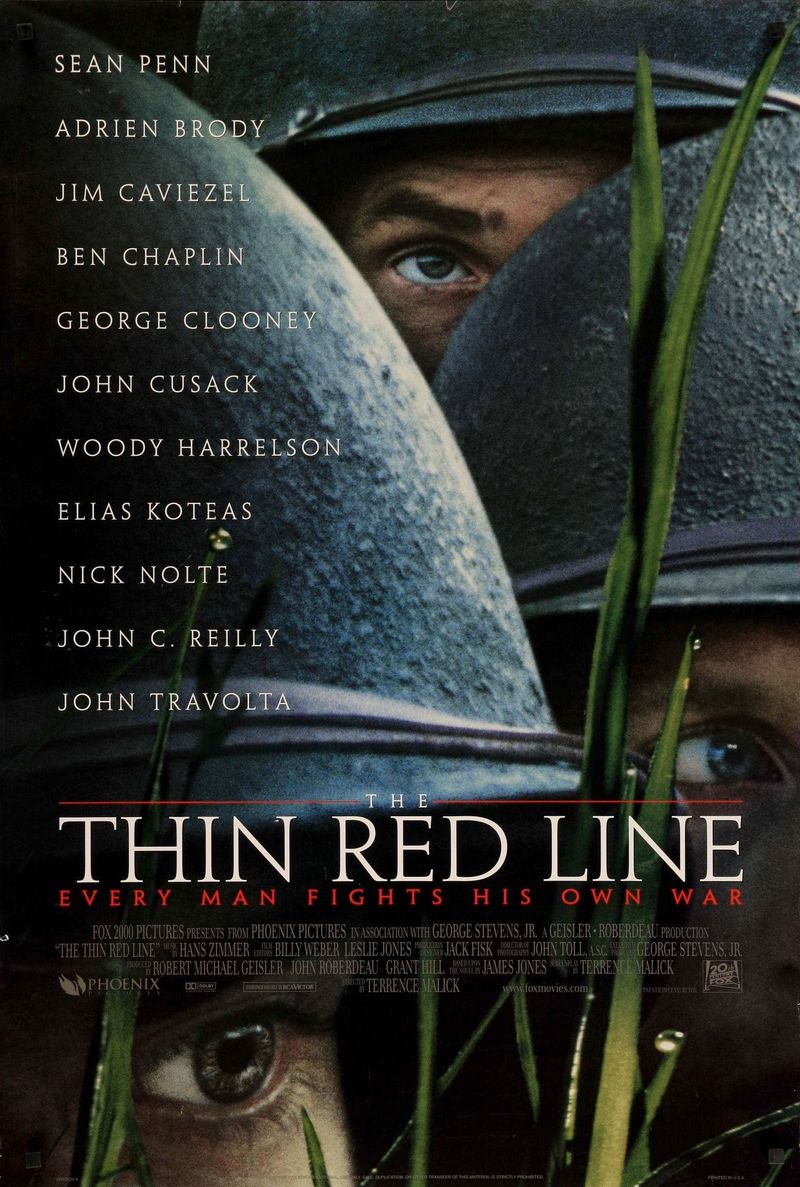
After a twenty-year hiatus, Terrence Malick returned with a war film that plays more like lyrical meditation than traditional battle scenes. His take on James Jones’s novel centers on C Company in the Guadalcanal campaign, yet it’s the soldiers’ inner reflections—not the storyline—that take center stage.
Voiceovers reflect on nature, death, and the thin boundary between civilization and savagery. Some viewers found it pretentious; others recognized it as a meditation on existence itself.
The ensemble cast includes Sean Penn, Jim Caviezel, and Nick Nolte, each representing different responses to war’s madness. Released the same year as Saving Private Ryan, it never stood a chance commercially.
7. Paths of Glory (1957)
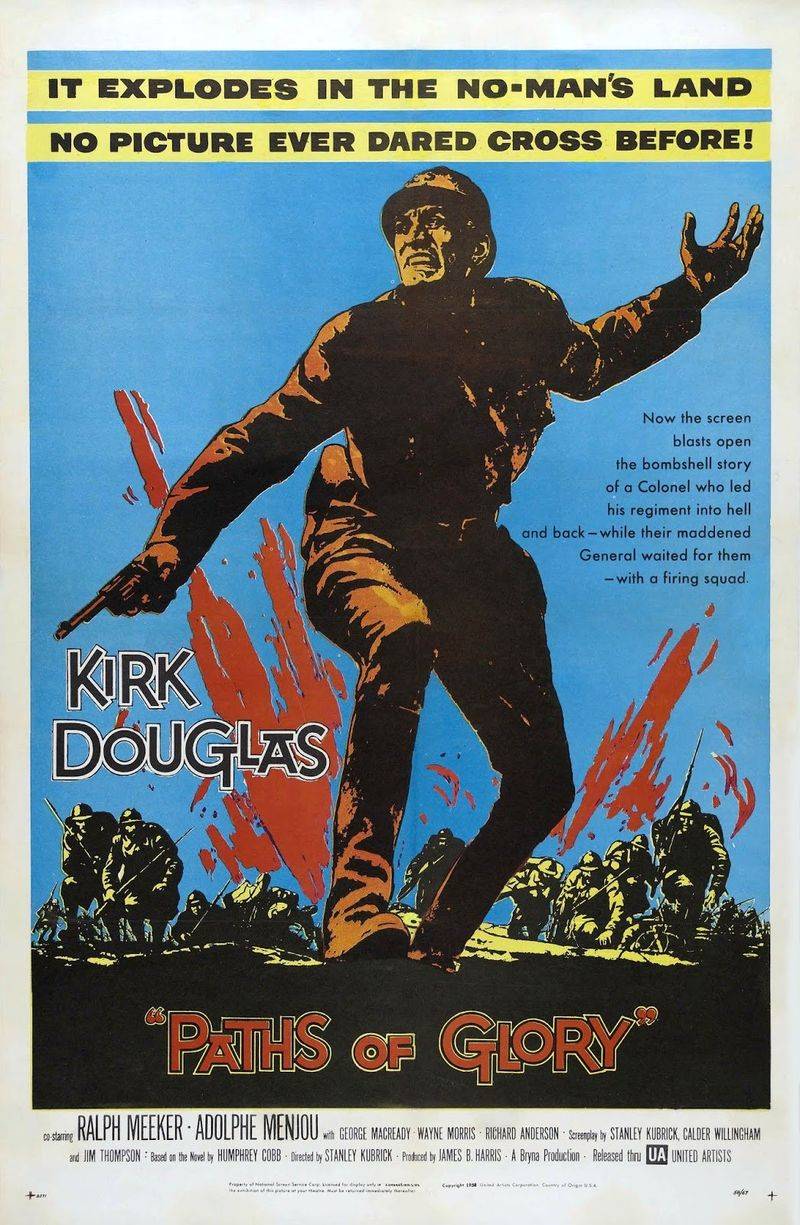
Stanley Kubrick was just twenty-eight when he exposed the French military’s corruption during World War I. Kirk Douglas plays a colonel defending three soldiers accused of cowardice after a suicide mission fails.
The trial sequences reveal how easily justice becomes theater when reputations and careers are at stake. Kubrick’s camera glides through trenches and chateau hallways with cold precision, never letting viewers forget the class divide between officers and enlisted men.
France actually banned the film for decades because it portrayed their military leadership as callous and self-serving. The final scene, featuring a German girl singing to rowdy soldiers, remains one of cinema’s most tender antiwar moments.
8. Taegukgi: The Brotherhood of War (2004)
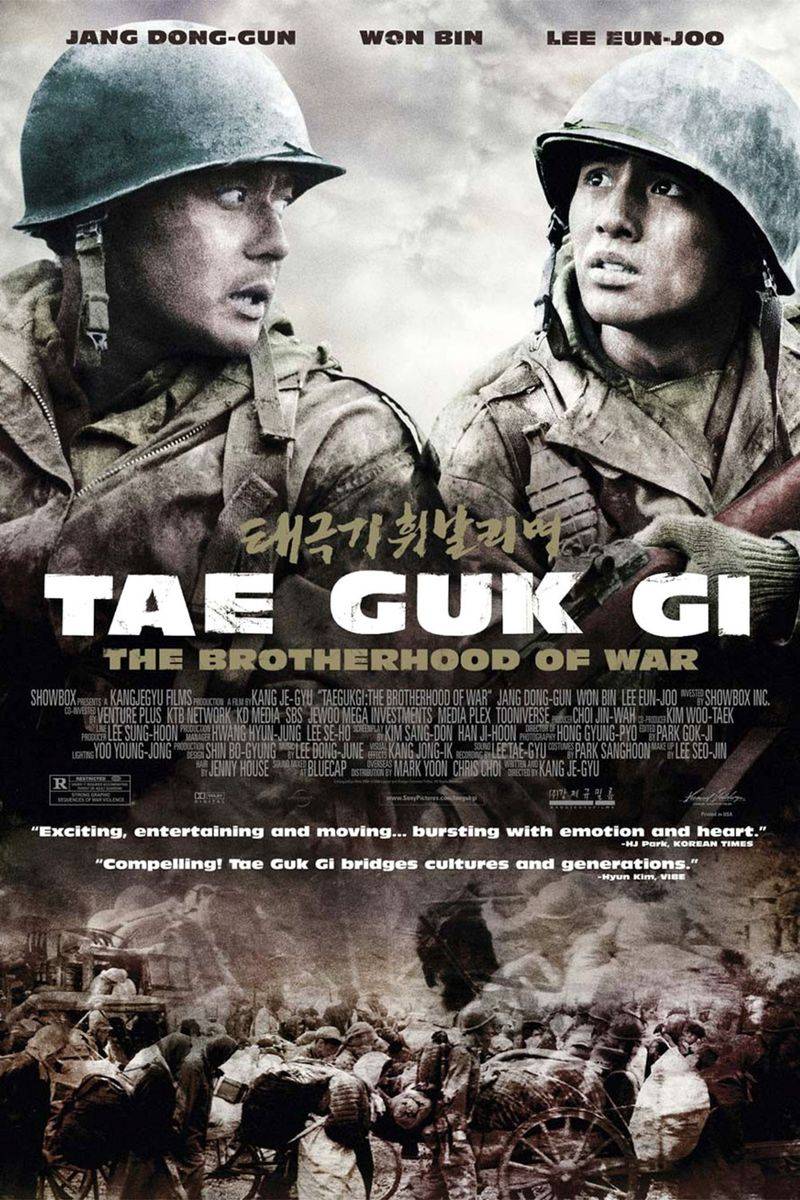
South Korean cinema rarely pulls punches, and this Korean War epic proves it with relentless emotional intensity. Two brothers get forcibly conscripted when North Korea invades in 1950, and the older one makes a desperate bargain to save his sibling.
Director Kang Je-gyu orchestrated battle sequences that rival anything Hollywood has produced, with thousands of extras and practical effects creating visceral chaos. But the real power comes from watching brotherhood strain under impossible circumstances.
As ideology and survival instincts collide, the film asks whether family bonds can withstand war’s corrupting influence. Korean audiences embraced it as their Saving Private Ryan, though Western viewers mostly missed it entirely.
9. The Siege of Firebase Gloria (1989)
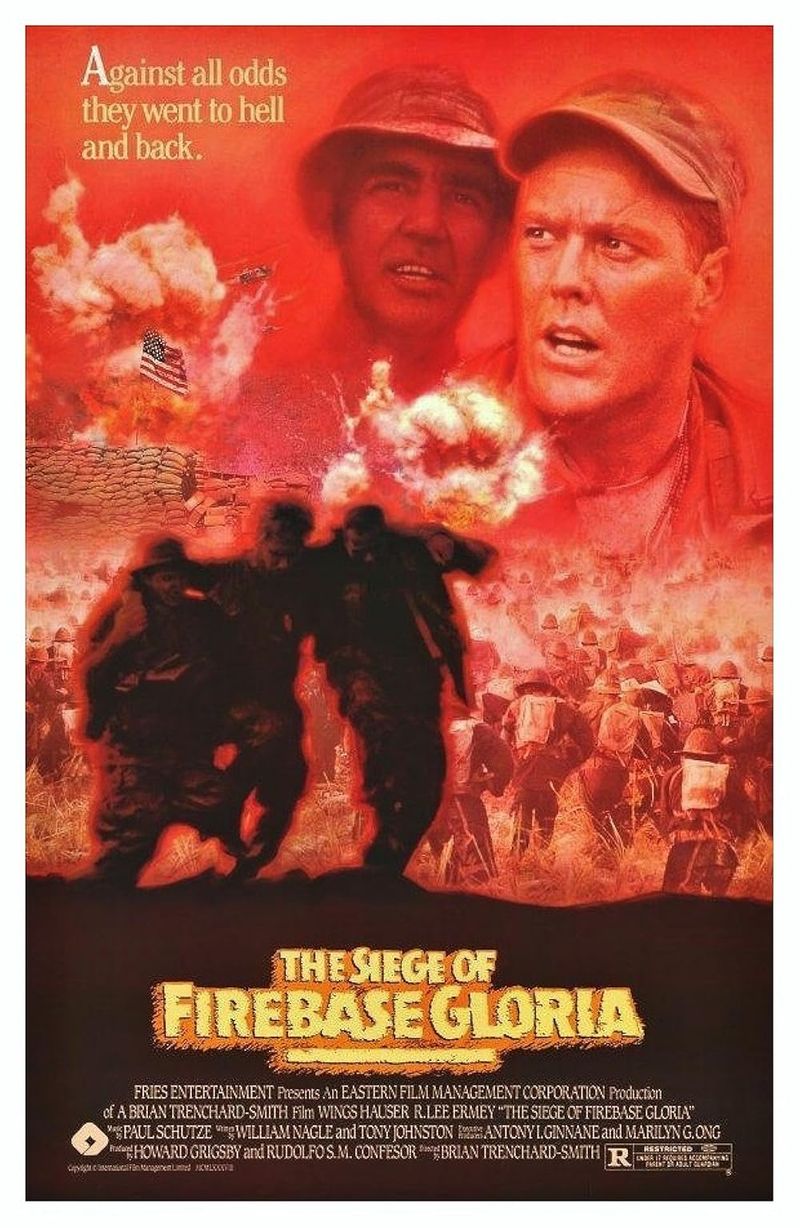
In a little-seen Australian war film, R. Lee Ermey commands a mismatched squad defending an isolated outpost during the Tet Offensive of 1968. Despite its limited distribution, the film has earned respect from veterans for its striking authenticity.
Unlike many Vietnam films that focus on moral ambiguity, this one simply shows soldiers trying to survive an overwhelming assault. The combat choreography feels grounded and desperate rather than choreographed for spectacle.
Ermey’s character embodies the tough, experienced sergeant who keeps green troops alive through sheer willpower and tactical knowledge. It’s a forgotten gem that deserves rediscovery by anyone interested in Vietnam War cinema.
10. Kajaki (Kilo Two Bravo) (2014)
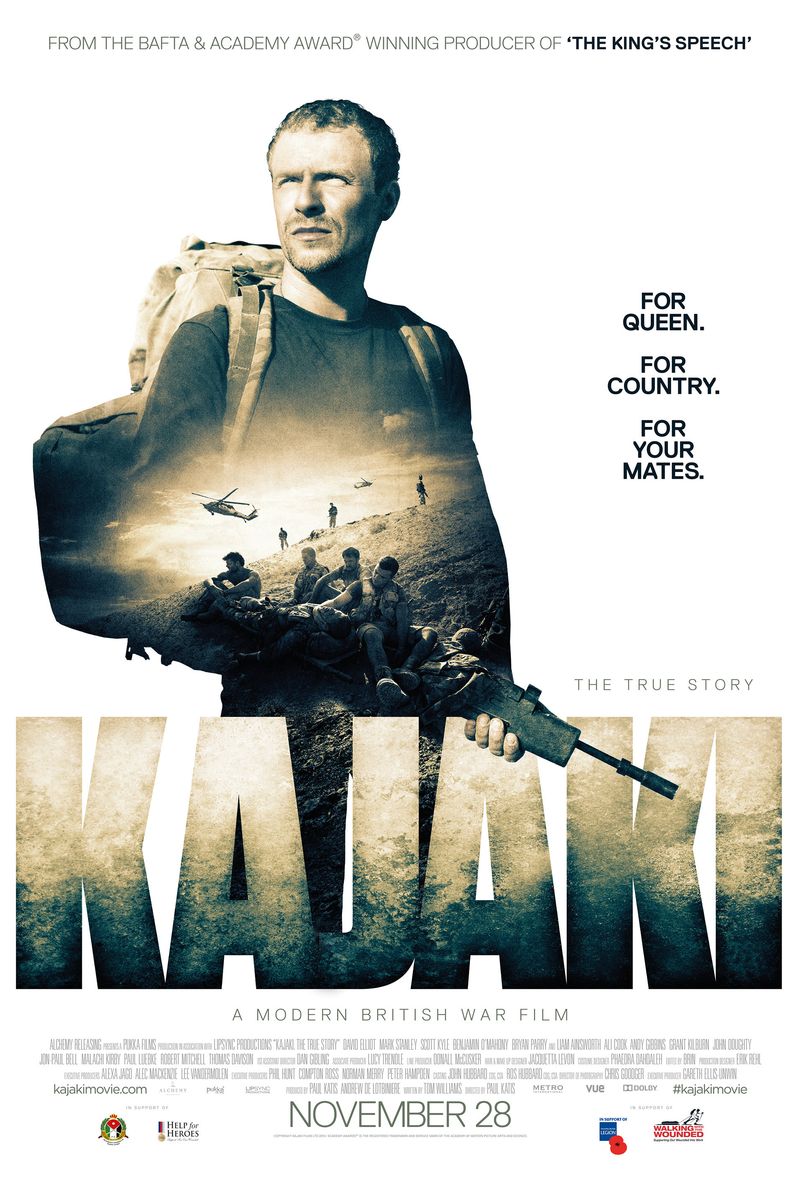
Based on a true incident from 2006, this British film follows paratroopers who accidentally wander into an unmarked Soviet minefield in Afghanistan. One soldier steps on a mine, and the rescue attempts trigger more explosions.
Director Paul Katis strips away politics and strategy, focusing entirely on the agonizing decisions facing men trying to save their friends. There’s no musical score manipulating emotions—just wind, screams, and radio chatter.
The tension becomes almost unbearable as each movement might cause another detonation. Veterans of the Afghanistan conflict call it the most accurate depiction of their experience, which probably explains why general audiences stayed away.
11. Days of Glory (2006)
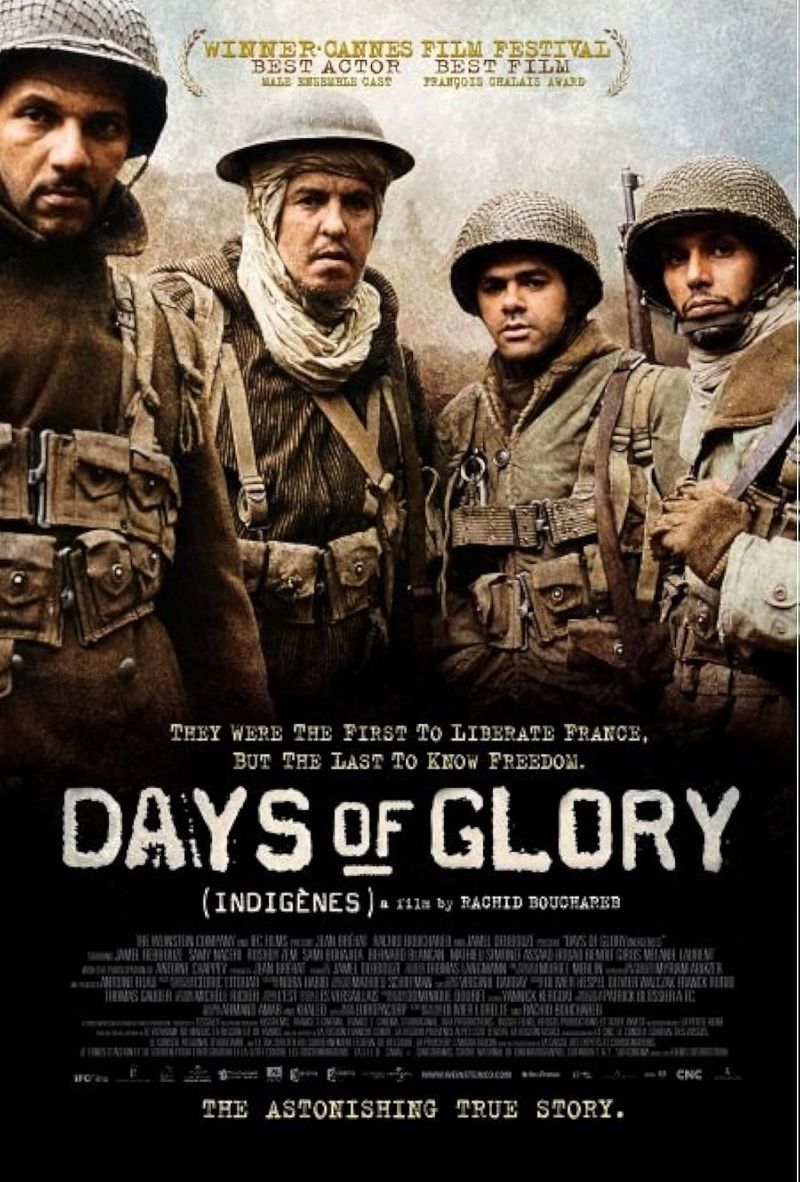
France recruited hundreds of thousands of North African soldiers to fight the Nazis, then conveniently forgot about them afterward. This French-Algerian co-production finally tells their story, following four men from Algeria and Morocco through the Italian campaign.
Director Rachid Bouchareb doesn’t shy away from showing the racism these soldiers faced from their own officers even while bleeding for France. They fought with courage and skill, only to be denied the same benefits as white French veterans.
The film actually sparked political change—France finally equalized pension payments to colonial veterans after its release. That real-world impact makes it more than just great cinema.
12. Tangerines (2013)
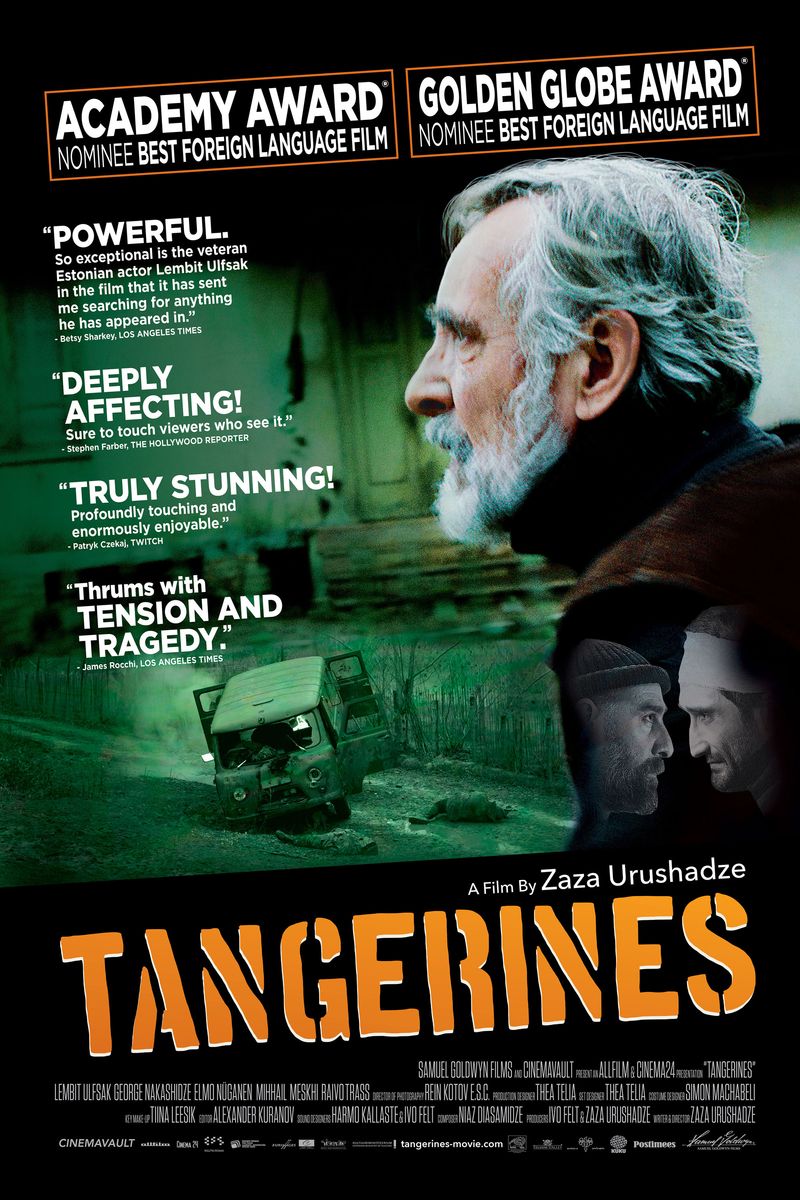
In a quiet village in Georgia, an elderly Estonian farmer shelters two wounded enemies from the Abkhazian conflict. Zaza Urushadze’s film becomes a tense, intimate meditation on how coexistence can be harder—and more courageous—than violence.
The farmer’s tangerine harvest becomes a metaphor for life’s fragility and the absurdity of ethnic hatred. His simple rules—no fighting under his roof—create a temporary bubble of civilization.
Both soldiers gradually recognize their shared humanity, though neither can fully abandon their tribal loyalties. This Estonian-Georgian production earned an Oscar nomination but remains criminally underseen. Sometimes the smallest war stories carry the biggest truths.
13. Merry Christmas, Mr. Lawrence (1983)
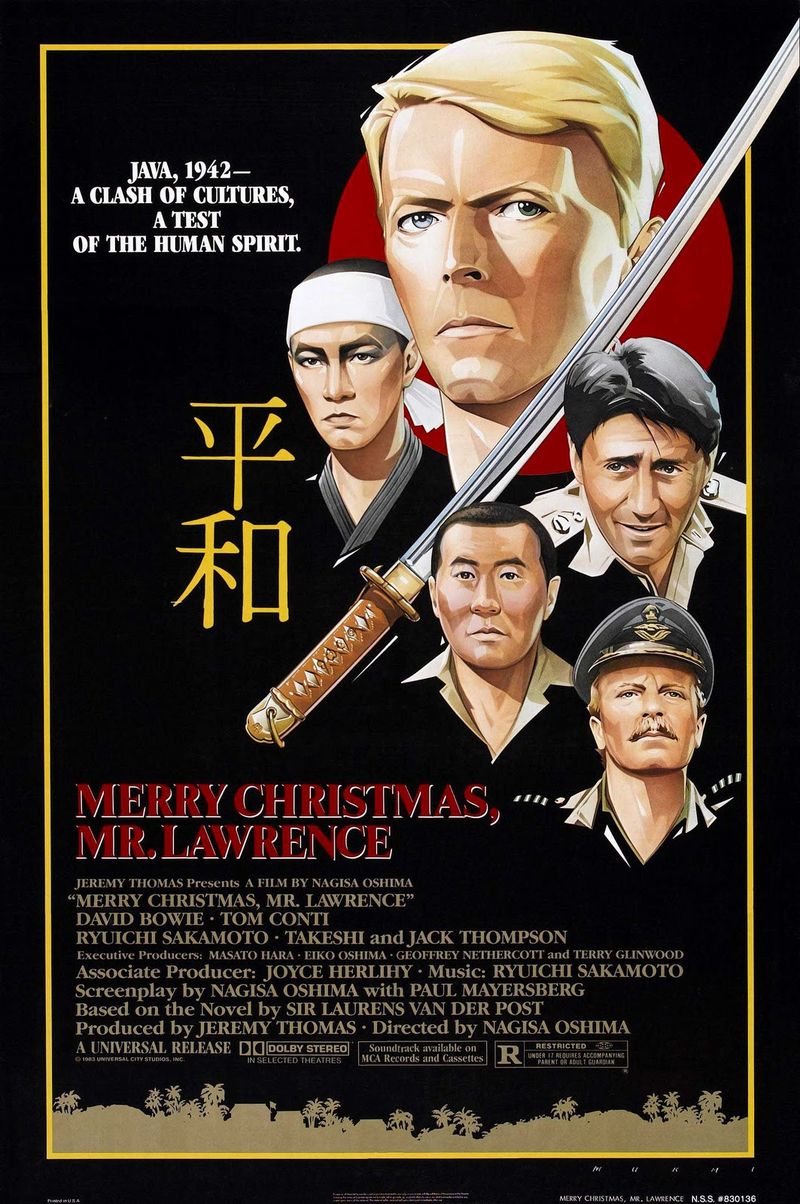
David Bowie and Japanese rock star Ryuichi Sakamoto face off in a Japanese POW camp where cultural misunderstandings become as dangerous as any weapon. Director Nagisa Oshima explored the clash between British and Japanese military codes with psychological depth rarely seen in war films.
Bowie plays a rebellious officer whose defiance fascinates his captors, while Tom Conti serves as translator caught between two incompatible worldviews. The power dynamics shift constantly, creating uncomfortable tension throughout.
Sakamoto’s haunting score became more famous than the film itself. This meditation on honor, masculinity, and repressed desire challenges every war movie convention imaginable.
14. Johnny Got His Gun (1971)
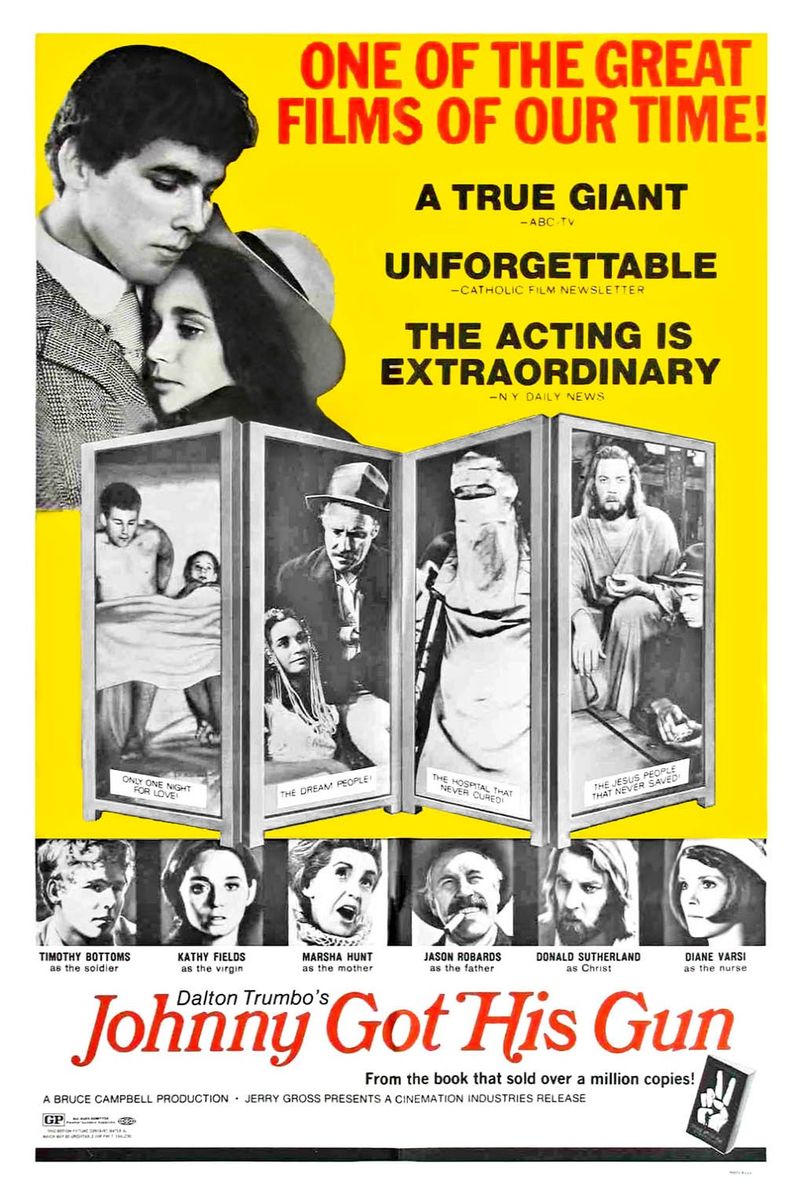
In his own adaptation of Johnny Got His Gun, Dalton Trumbo brings to the screen the devastating tale of Joe Bonham, a World War I soldier reduced to a consciousness without sight, sound, speech, or limbs—alive only in thought, imprisoned in flesh.
Trumbo, blacklisted during the McCarthy era, finally got to direct his brutal meditation on war’s true cost. The film alternates between Joe’s memories and his current nightmare, creating psychological horror more disturbing than any gore.
Metallica later used footage in their music video for One, introducing a new generation to this devastating masterpiece. It’s not entertaining, but it’s unforgettable.

Comments
Loading…